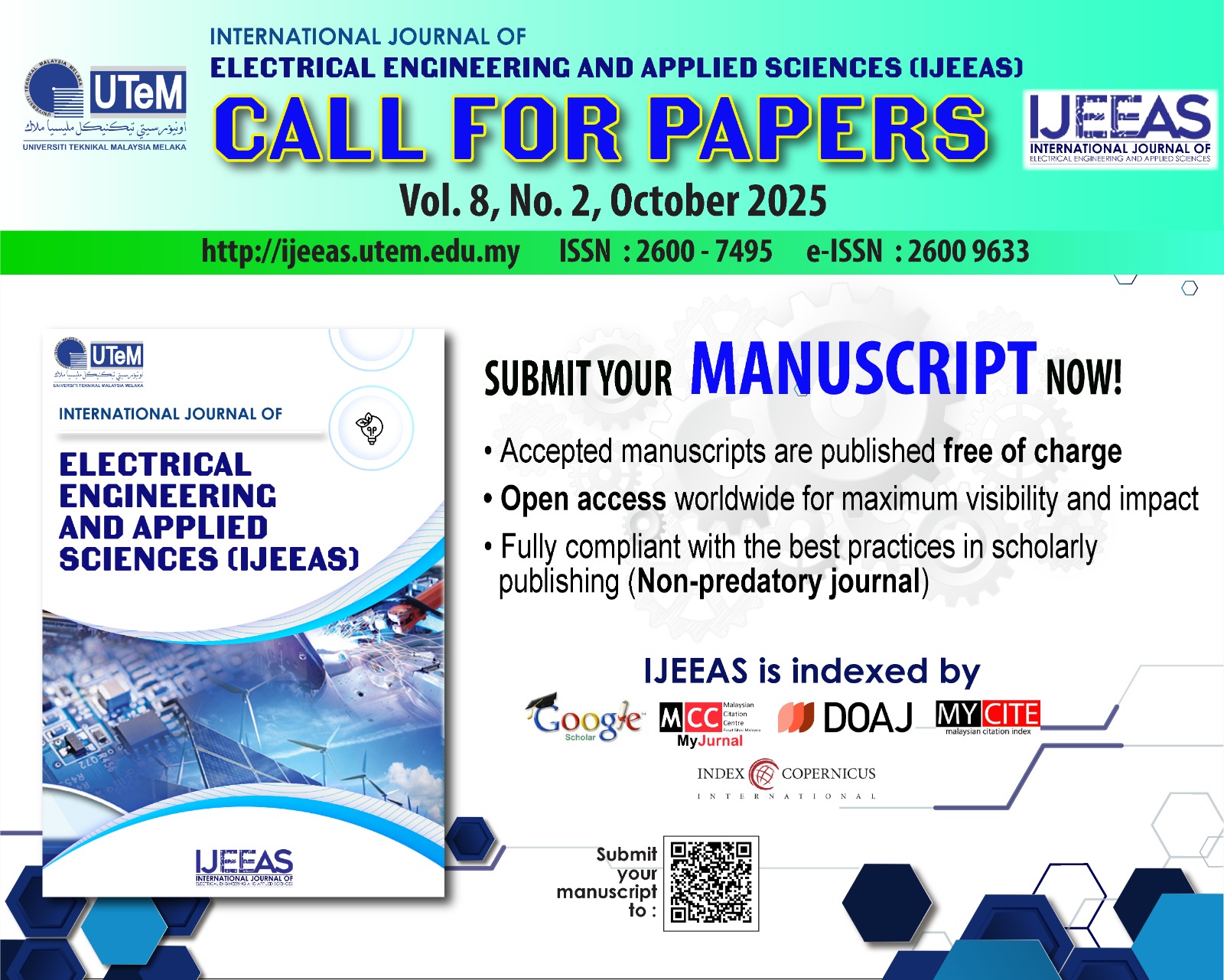Integration of Artificial Neural Network in a IEEE 5 BUS System
DOI:
https://doi.org/10.54554/ijeeas.2024.7.02.005Abstract
The management and the operation of the modern grid is getting more and more complex, especially with the introduction of distributed generation. Grid stability considerations in contemporary power systems are also influenced by the integration of renewable energy, modifications in consumer behaviour, and emerging technology. The study of faults impacts in the distribution network is pertinent and important since it helps to increase the efficiency, safety, and dependability of the power system. It gives utilities the ability to react rapidly to problems, improve maintenance procedures, and prepare for the integration of new technologies—all of which are essential for providing consumers with steady and uninterrupted electricity. In the context of Artificial Neural Networks (ANNs), the Levenberg-Marquardt (LM) algorithm is an extensively utilized optimization method. It is generally used to train feedforward neural networks, especially when those networks have several layers and complicated optimization problems. Introducing a fault in a IEEE 5 bus system help to analyse the changes in the system. The data collected from that phase to phase voltage fault are computed and train in the proposed model and proves the higher efficiency and ability to detect faults or abnormal disturbances. The simulations are done using MATLAB/Simulink
Downloads
Downloads
Published
How to Cite
Issue
Section
License
Authors who publish with this journal agree to the following terms:
- Authors retain copyright and grant the journal right of first publication with the work simultaneously licensed under a Creative Commons Attribution License that allows others to share the work with an acknowledgement of the work's authorship and initial publication in this journal.
- Authors are able to enter into separate, additional contractual arrangements for the non-exclusive distribution of the journal's published version of the work (e.g., post it to an institutional repository or publish it in a book), with an acknowledgement of its initial publication in this journal.
- Authors are permitted and encouraged to post their work online (e.g., in institutional repositories or on their website) prior to and during the submission process, as it can lead to productive exchanges, as well as earlier and greater citation of published work (See The Effect of Open Access).







